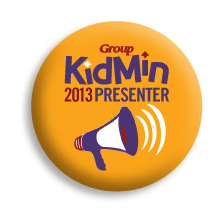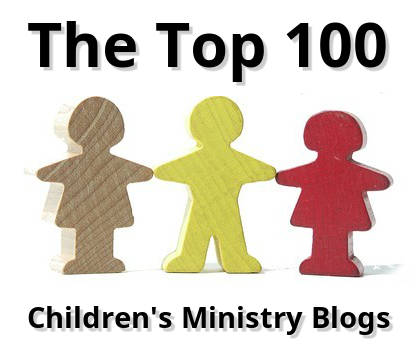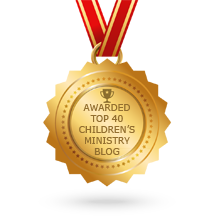
One of the tragedies of living in fractured families and the break up of a child’s home is the feeling of helplessness. Many adults who experienced the divorce of their parents report that, as children, they felt powerless and vulnerable. We now realize that the loss of dignity was another issue for many of these adults when they were children experiencing the break up of their homes.
For the child it seems as though everything is out of control. Changing routines, people moving out, and things and belongings disappearing are just a few of the changes these children experience. There is no preparation for many children. So often the adults in a child’s life don’t talk about or explain what is taking place. The children are left to their own imaginations.
Children exhibit a range of reactions. For some children the loss of power and feelings of helplessness will thrust them into acting out and aggressive behaviors. These children come across as distracted, defiant, not able to concentrate and not able to hold still or cooperate. Leaders will need to work at empowering them. Some of you may be thinking of particular children, and you may be saying,
“Empower them? They are totally disrupting the group now. Give them more power? No way!”
Other children will act quiet and reserved but they too are distracted. The also need to be empowered.
How to empower children in a healthy way
I want to encourage you to change your mindset about these children. The first course of action is to lift these children up to the Lord by name. Don’t hold back with God; He can handle all that you have to say.
Next is to figure out how to give them back some of their power. Their acting out and their anger is their power. It’s one of the few things they have control over.
- You can’t make a child stop being angry.
- You can’t make a child behave.
Giving children personal power and empowering children is different than allowing them to be in control of the group or in control of the adults in the room. Empowering them is simply giving them a sense of confidence and control in their own life and over their own behavior.
One way to give children back their power is to give them some control over their choices and decisions. As the children walk in, greet each child with
“Hello [child’s name], I’m glad you made the choice to come this week. Would you like to hang up your coat or keep it on?”
For the older child you can substitute the word option for choice
“Feel free to hang up your coat or keep it on. What option would be better for you?”
Don’t stop with giving the choices, but follow through by asking for a commitment.
“So what’s your choice? Do you want to sit at the table? Or, join your friends in the circle?”
If the child hesitates, you can repeat the options. If the child chooses something entirely different and it’s an okay choice, then comment on the child making a good decision.
“You chose ______. Wow, I hadn’t even thought of that choice. That seems like a good choice for you.”
If the child tries to choose something that is not an option, then say,
“______ is not a choice right now.”
Repeat the choices available and ask for the commitment.
Throughout the entire class continue to give choices. If a child begins to get out of control, be matter of fact.
Example of dealing with a child becoming obnoxious during a class/group discussion time
“Johnny, Kara is talking. You have a choice. You can listen to her words or you can leave the group. What is your choice?”
Worst-case scenario: he says he will listen but continues to be obnoxious. You then say,
“You have a choice. You can go over to the table and draw a picture, or you can choose to go read a story. What’s your choice?”
Just keep giving him choices.
If he shouts out,
“I hate you. I hate this class,” or “You can’t make me,”
Don’t get caught up in an argument. Simply state in a matter-of-fact tone of voice,
“That’s too bad, Johnny. I can’t make you like this class. I hope you will choose to be a part of our class family.”
Or
“You are right Johnny. I can’t make you listen. I hope you choose to be a part of our group.”
Turn away from the child and give your attention to Kara. You may have to disband the group discussion at this point and move into the next activity. Be matter of fact, stay in control and move on. It also helps to be aware of how your voice sounds. Keep it in control and calm.
Look at your body stance
- Are your eyes soft and twinkling?
- Are your arms and shoulders relaxed?
- Is your face calm?
- Do you have one foot in front of the other or are you standing with your feet apart in a rigid stand with your arms folded across your chest?
STAY CALM and IN CONTROL YOURSELF! Remember these are hurting kids and they need for you to be in control. You may have to model the calmness for them because they may not be use to adults being in control and calm.
One more word about giving choices
Give at least two positive choices. When you try to give two positive choices and a negative choice it will come across as you, the adult, are trying to manipulate the child. Manipulating the child does not create a sense of well being in the child. If you offer a couple of positive choices and then a negative one to try and manipulate a child into doing what you want, the child will see through it and become even more defiant.
The benefits of giving choices
These children’s self-confidence will grow right before your eyes. In time you will see the aggressive behaviors calm down also. Trauma tends to take away that self assurance and leaves a child helpless and vulnerable. Empowering them gives them back that self assurance and gives them a new lease on life.
Much of the dialogue in this article was inspired by Dr. Becky Bailey’s Conscious Discipline, www.consciousdiscipline.org p. 142. 1-800-842-2846
DC4K blogs posts are great to use in training children’s leaders and volunteers and they are free. Subscribe to the DC4K blog here.
Want to learn more about how to start a DivorceCare for Kids group for the hurting children in your community? Click here.
Did you know DC4K blog articles are on Pinterest? Divorce & Kids, Children’s Pastors, Single Parents, etc. It’s all there. Check it out here
Follow Linda on Twitter, dc4klinda










Pingback: DC4K » What you focus on, you get more of – think discipline and disciples!